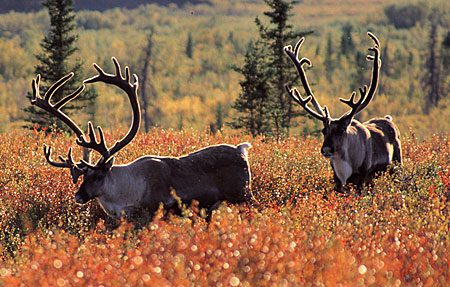The 2022 beluga population aerial survey is complete. Now NOAA and the Alaska Beluga Whale Committee, or ABWC, can begin the number crunching to estimate the abundance of these important subsistence creatures.
In an August Strait Science presentation, Megan Ferguson discussed the type of aerial survey the ABWC, in partnership with NOAA, conducted 2022.
“So the type of survey that we fly, it’s called a line transect survey. The main idea is that there are these imaginary lines that we fly. We call them transects. The plane flies down the line. Some of the belugas that are out there are detected by the observers, and some of the belugas that are out there are not detected. And that’s ok,” Ferguson said.
The lines the plane flies are charted to span the region, in the Norton Sound and by the Yukon River, which beluga whales typically inhabit. This year, the region studied included 8 new transects, in the seas by Hooper Bay, which haven’t been run since 1992. Ferguson said this year’s survey indicates that the whales’ habitats have remained consistent with data from previous studies.
During this year’s four-day survey, the team of observers detected 821 belugas in total, clumped together in 272 different groups. The most common types of groups spotted, according to Ferguson, were groups of one or two whales. There were three large pods, however, spanning from 67 to 120 whales. The survey only detected 5 whale calves.
Ferguson said it’s important to understand that these low numbers are not indicative of the beluga whale population as a whole.
“With this type of line transect survey, the goal is not to count every single beluga in the population. We couldn’t do that. We know we can ’t do that. Our whole intention with this type of survey is to cover the study area … to get information on a proportion of the population and then be able to use math and statistics to kinda fill in the gaps here. To come up with a total abundance estimate,” Ferguson said.
That number crunching is the next step for this beluga whale survey. Data analysts have to take into account information like distance between whales and the airplane at the time of sighting to try and extrapolate a correct estimate of the whale population from the survey results.
Besides the line transect survey, ABWC is also engaged in other partnership efforts to understand the Beluga Whale population, Ferguson said. For example, they are actively working to train hunters to tag Belugas so that they can monitor the whales’ whereabouts.
Image at top: A Beluga Whale. Photo by Mendar Bouchali (2017).






